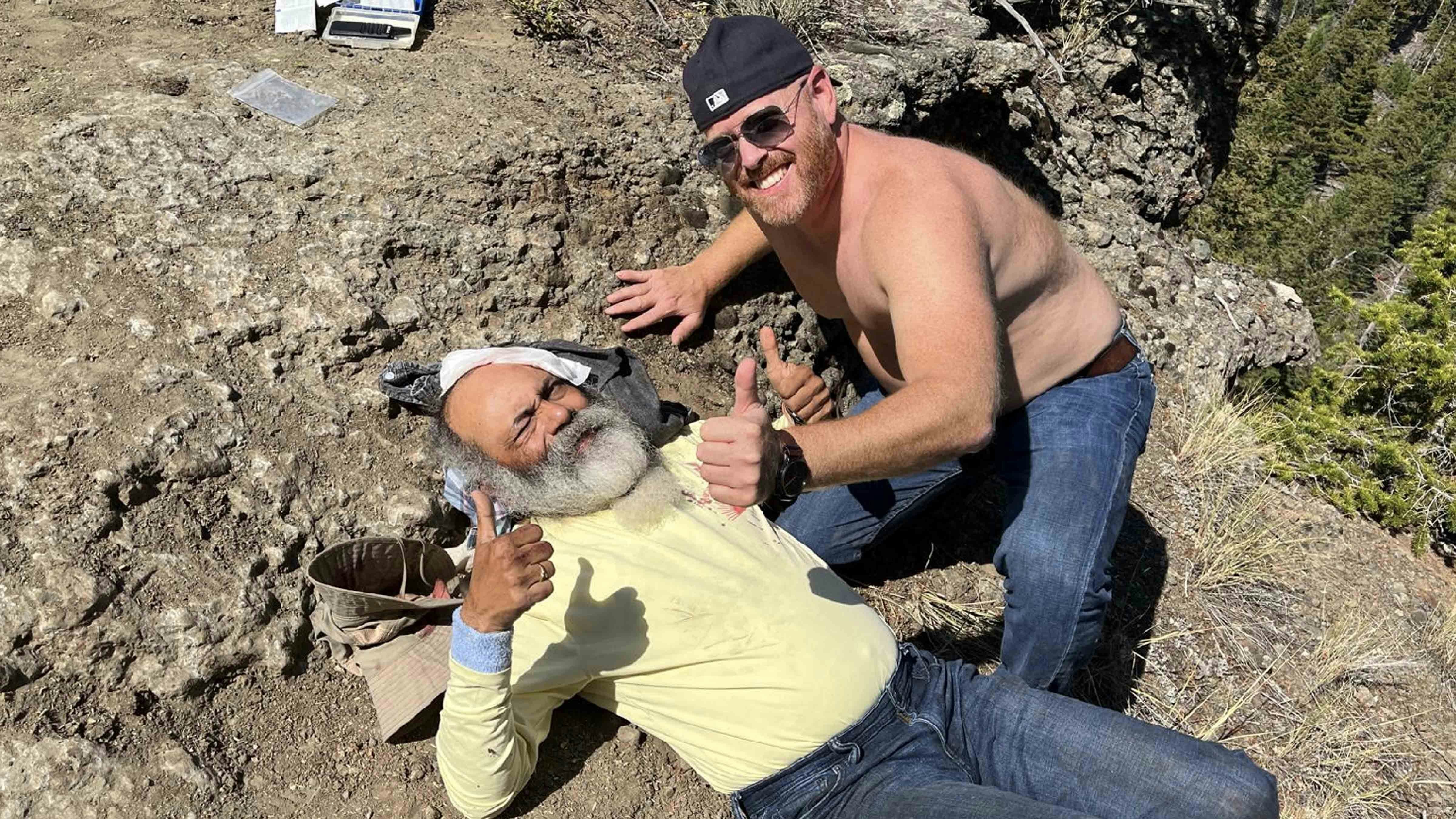The Wyoming Game and Fish Department is eager to take over management of grizzly bears if they’re delisted from federal protection, and Congress might finally make that happen, the agency’s director said.
Wyoming’s congressional delegation is pushing to have grizzlies delisted, and President Donald Trump’s administration also seems to favor delisting, Game and Fish Director Angi Bruce told legislators Tuesday.
“This (grizzly delisting) is a priority for me, personally, and I do think the stars are aligned,” Bruce told the Wyoming Senate’s Travel, Recreation, Wildlife and Cultural Resources committee.
New Hope For Delisting
Delisting suffered a setback Jan. 8, when the U.S. Fish and Wildlife Service (FWS) announced that it had rejected petitions from Wyoming and Montana to delist grizzlies.
“Yes, we did get that recent decision, and that was frustrating and disturbing for our work,” Bruce said.
However, Trump’s newly appointed Secretary of the Interior, former North Dakota Gov. Doug Burgum, has openly stated that he supports delisting grizzlies.
An Act Of Congress
Wyoming Republican Congresswoman Harriet Hageman, and Republican Sens. John Barrasso and Cynthia Lummis, also plan to push legislation in Congress to have grizzlies delisted, Bruce said.
It will probably take an act of Congress to get grizzlies delisted once and for all, committee member Sen. Larry Hicks, R-Baggs said.
The committee was considering Senate File 170, which Hicks is sponsoring.
It calls for Game and Fish to disengage from any grizzly management not involving public safety or specifically laid out in Wyoming statutes.
The idea being, since Game and Fish is putting millions of dollars and countless man hours into grizzly management, FWS should step up and do its share, so long as the bears remain under federal jurisdiction, Hicks said.
The FWS should get the message that “our people are getting really tired of spending our sportsmen’s dollars doing your job for you,” he said.
However, Bruce and others testified that the bill takes the wrong approach, because it could hamper Game and Fish’s monitoring of grizzly bears, as well as efforts to get the bears delisted.
Upon Hicks’ recommendation, the committee decided to table SF 170 indefinitely.
Hicks said getting Congress to authorize delisting would be the most effective approach.
Previous efforts to delist grizzlies and wolves were blocked or overturned in federal court, with judges acting as “black robe biologists,” he said.
“We’ve delisted wolves, and a federal judge puts them back on. We’ve delisted grizzlies, and a federal judge puts them back on the list,” Hicks said.
Wolf delisting in Wyoming, Montana and Idaho has stuck since 2011. Grizzly delisting in 2007-2009 and 2018 was overturned in court.
Bruce agreed that going through Congress will likely make grizzly delisting stick.
“We will take any option to delist grizzly bears, so we’re always looking at every option. But the number one priority, where we’re putting our emphasis right now, is exactly where you said, with Congressional action,” she said.
Grizzly Population Booms
Grizzlies are thriving across northwest Wyoming, Game and Fish large carnivore supervisor Dan Thompson told the committee.
A finalized 2024 population estimate for grizzlies in the Greater Yellowstone Ecosystem (GYE) isn’t ready yet, he said. But the most recent estimation is that there are 1,003 grizzlies in the GYE.
The other major grizzly population in the lower 48 is in Montana’s Northern Continental Divide Ecosystem.
Thompson said the GYE needs a minimum of 500 grizzlies for a genetically healthy breeding population, and the ideal population would be 800-950 bears.
The GYE bears occupy all the habitat that is suitable, both in terms of biology and social tolerance for the bears, Thompson said.
Grizzlies continue to push out into areas where conflict with people is more likely, he said.
“Bears kind of go wherever they want to go. They are now going into areas where it’s just not good for their livelihood or the public,” Thompson said.
There are an average of 200 human-bear conflicts reported annually, he said. Most of those involve grizzlies killing livestock.
Over the past decade, wildlife agents killed an average of 20 bears each year because of conflict with humans. During the previous decade, that number averaged 7-8 bears each year, Thompson said.
Factoring in all causes of death, including vehicle collisions, about 70 grizzlies were killed in the GYE last year, Thompson said.
Wyoming’s most famous bear, Grizzly 399, was struck and killed by a vehicle on Oct. 22 on Highway 26/89 in the Snake River Canyon near Jackson.
Electric Fences Keep Grizzlies At Bay
Hunting outfitter and Park County resident Lee Livingston said the areas where he and his guides take clients are thick with grizzlies.
People have gotten weary with the sheer number of grizzlies and frustrated that Game and Fish doesn’t have direct jurisdiction over the bears, he said.
Game and Fish has proven itself more than capable of managing grizzlies, he said.
“When we have bear issues, we know that we can contact them (Game and Fish), and if anything can be done, we know they will respond and help us,” Livingston said.
He said his backcountry hunting camp served as the ‘Guinea pig’ for Game and Fish to see if portable electric fence can deter grizzlies.
It proved effective, Livingston said.
Electric fence also keeps grizzlies from raiding beekeeper’s hives, Thompson said.
Game and Fish, the Greater Yellowstone Coalition and others helped put an electric fence around the popular Gallagher’s Corn Maze & Pumpkin Patch near Clark, Wyoming, to discourage grizzlies from entering the property.
Contact Mark Heinz at mark@cowboystatedaily.com
Mark Heinz can be reached at mark@cowboystatedaily.com.








